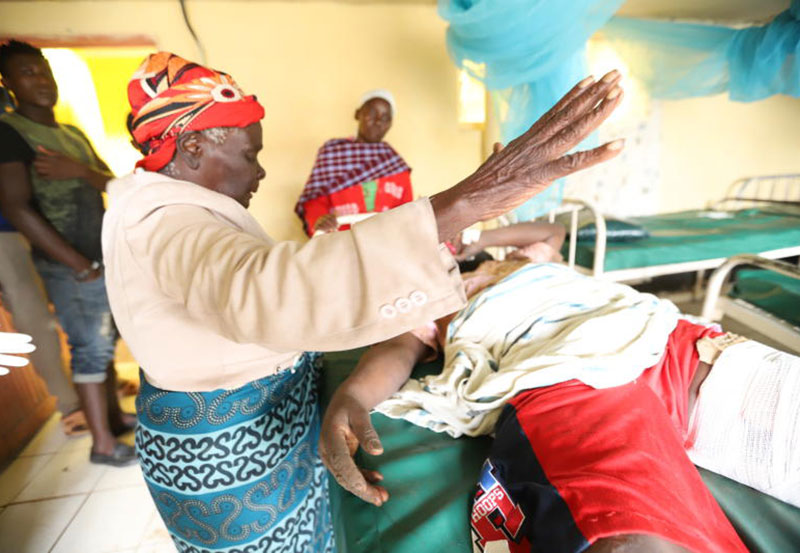×
The Standard e-Paper
Truth Without Fear

Yesterday's crash that left 56 people dead brought back a familiar tale of pain, negligence and impunity on Kenyan roads.
Even the shell of the bus that was shredded by the impact of the crash and that lay in an open field strewn with luggage, twisted metal and bodies had a sense of deja vu.